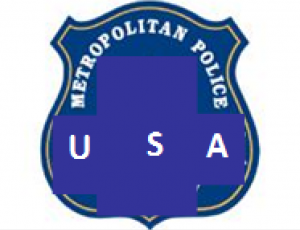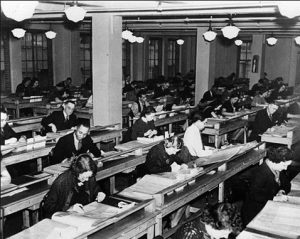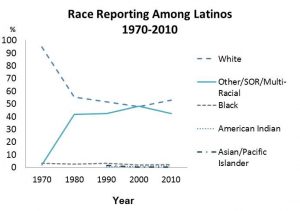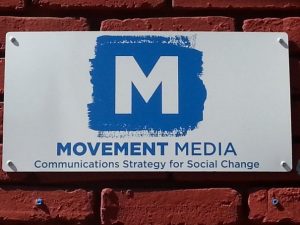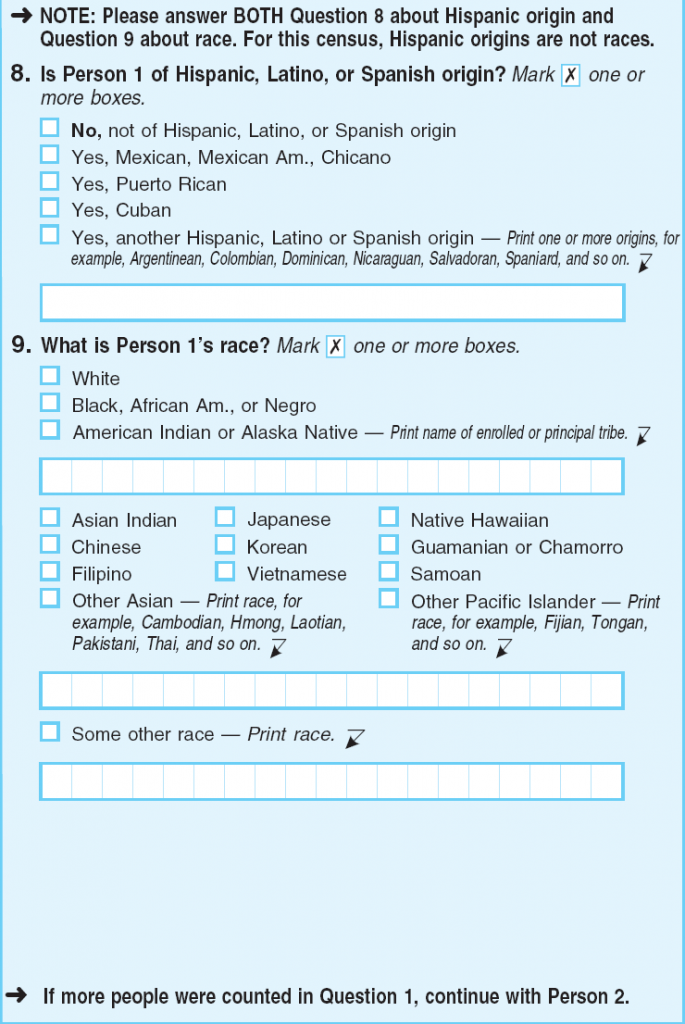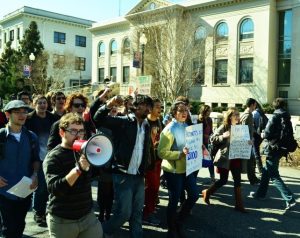An interview with Ron Weitzer
On December 22, 2014, The Sociologist (TS) interviewed Ron Weitzer, who has studied and written two books and many articles about police-community relations in the U.S. and other nations. Below we have reproduced excerpts from the interview. Professor Weitzer is in the sociology department at the George Washington University.
TS: Over the past 20 years, you have researched, studied and written about police-community relations. What are the key findings you can share with us in the wake of the protests surrounding the deaths of Michael Brown, Eric Garner, Tamir Rice and John Crawford?
Ron Weitzer: There are over 17,000 police departments. First, we have to be careful not to generalize from one incident or one pattern of practice (like racial profiling in a particular police department) to other departments. Second, over the past 50 years there has been significant progress in policing in the United States. In the past, both patrol officers and their supervisors were much less accountable than they are today. There was much less media coverage of harsh and oppressive police practices or of questionable incidents resulting in injury or death. One major variable is the type of philosophy or police culture in a department.
Philosophies of Policing
There are different types of organizational cultures: one is the zero-tolerance approach—also called the “broken-windows” approach—where the police believe that by cracking down on very minor offenses they are thereby preventing more serious offenses from occurring; the offenses may be minor misdemeanors or just civil infractions like selling cigarettes illegally on the street (Eric Garner in New York). Some police departments put a lot of resources into enforcing the law against these minor offenses, because of the department’s ethos of zero-tolerance or broken-windows policing. The New York Police Department (NYPD) and a few others adamantly believe that this approach works to reduce crime.
The opposite philosophy is community policing. Under community policing, officers do not necessarily ignore minor infractions, but they are less likely to devote significant resources to minor infractions, and focus instead on more serious crimes. And at the same time, police try to build positive relationships with neighborhood residents and merchants in a way that can help officers solve crimes in the present or can help to deter criminal activity in the future.
Community policing shifts the priorities away from low-level infractions towards more serious crimes and also toward building ongoing collaborative relationships with neighborhood residents.
Variation in Policing
TS: Are there variations in policing, within a particular city, based on the composition of neighborhoods?
Ron Weitzer: Yes. Police practices vary, at least to some extent, by racial, ethnic and class composition of a neighborhood. Neighborhoods that are predominantly black or Latino—and especially those that are socioeconomically disadvantaged—tend to get a different kind of policing than neighborhoods that are white or middle class. So there’s both a race and class difference in how the police perceive different neighborhoods, and also in how they behave in those neighborhoods. What makes it somewhat complicated is the local crime rate: the police will tell you that they make no distinctions by racial or class makeup of neighborhoods. Instead, police practices are governed solely by the local crime rate; but, there are some very good controlled studies comparing different types of neighborhoods by race, class, and crime rate that find that the police do act differently in black and Latino communities than in white communities—and particularly in poor neighborhoods and areas.
TS: Do police receive training to sensitize them to different groups?
Ron Weitzer: The police get sensitivity training in the police academy, which attempts to reduce racial bias, and this has been a progressive development across the board in police departments over the past 40 years or so. Part of their training involves community sensitivity courses, and other attempts by the instructors to reduce or prevent class or racial profiling once recruits start working the streets.
Racial Profiling
Once they get out of the academy, many officers have progressive views: they see themselves as serving the public and fighting crime with no animus toward civilians. But after they have worked for some time, the tendency is for officers to begin to typify people according to type of neighborhood, because officers receive a disproportionate number of calls to high-crime neighborhoods. So, their day-to-day activities begin to generate typifications of “good” and “bad” neighborhoods as well as the residents living in them. The other part of this evolving orientation is socialization by other officers, where they learn to perceive some people as crime-prone or some neighborhoods as criminogenic, compared to other neighborhoods that are viewed as law-abiding.
We know that the police stop young black or Latino males more often than they stop young white males. And young minority males are not just stopped disproportionately; they are stopped repeatedly. This certainly feels like harassment and discrimination. We don’t hear young white males claiming that this happens to them.
TS: Can we say that whatever prejudices the police recruits have before they enter the academy are washed away through training in the academy?
Ron Weitzer: We shouldn’t assume that they have a clean slate either before or after training. There are individuals who come into the training academy with strong prejudices. I am sure there are individuals like that. I don’t think there’s much research, however, on recruits’ racial attitudes prior to coming into the academy.
What we do know is that, just like the wider public, implicit racism operates. Police officers as well as civilians hold perceptions and stereotypes that are latent and semi-conscious, as revealed in experimental studies. Most of us have these implicit racial biases, and individuals who enlist in a police department bring those biases into the force, just like ordinary civilians do in their daily lives.
Typical Background of the Police Recruit
TS: What is the typical background of a police recruit who enters the academy?
Ron Weitzer: Forty years ago, a typical recruit would be someone who is white, male, working-class, and had not gone to college. But today, it is much more mixed, especially in big-city departments. In rural areas or small cities there remains a preponderance of officers with blue-collar backgrounds. But when you come to the big cities, there are recruits who are college graduates (some have master’s degrees), are from middle-class families, and come from all racial and ethnic groups. The number of female officers has increased as well, though not so dramatically. This raises the question of whether diversification makes a difference in officer behavior.
Diversification
There are data that show that some black officers are better able to communicate with black citizens than white officers.
In enforcing the law, they tend to act similarly. You could say that officers are “blue” rather than black, brown, or white.
On the other hand, diversification of a police department is important symbolically in multi-racial cities. Research shows that the American public overwhelmingly favors the diversification of departments to make them visibly reflect the composition of the local population. This can enhance the level of public trust and confidence in the police.
The Fringe
TS: How about the recent killing of the two police officers in New York City in December 2014? What does it say about the direction of police-community relations?
Ron Weitzer: Attacking police officers is a way for extremists, angered by incidents of police misconduct, to retaliate or, as we have seen in other recent shootings, for anti-government radicals to attack the state. In June 2014, a young man and woman killed two Las Vegas officers at a restaurant, apparently acting on their white-supremacist, anti-government views.
The killing of the officers in New York City is a bad omen in several ways. It has already made the police more tense, more guarded, and perhaps more likely to shoot unruly civilians. And this kind of reaction goes in the opposite direction of the way the police should be going. An incident like this, perhaps understandably, may make the NYPD and other police departments much more cautious and less willing to reach out and have conversations with minority communities. A violent attack on a police officer undermines progress in opening up channels of communication and problem-solving. It puts all officers on edge and makes them less likely to have constructive engagement with the public. It is unfortunate for improving police-community relations throughout the country.

